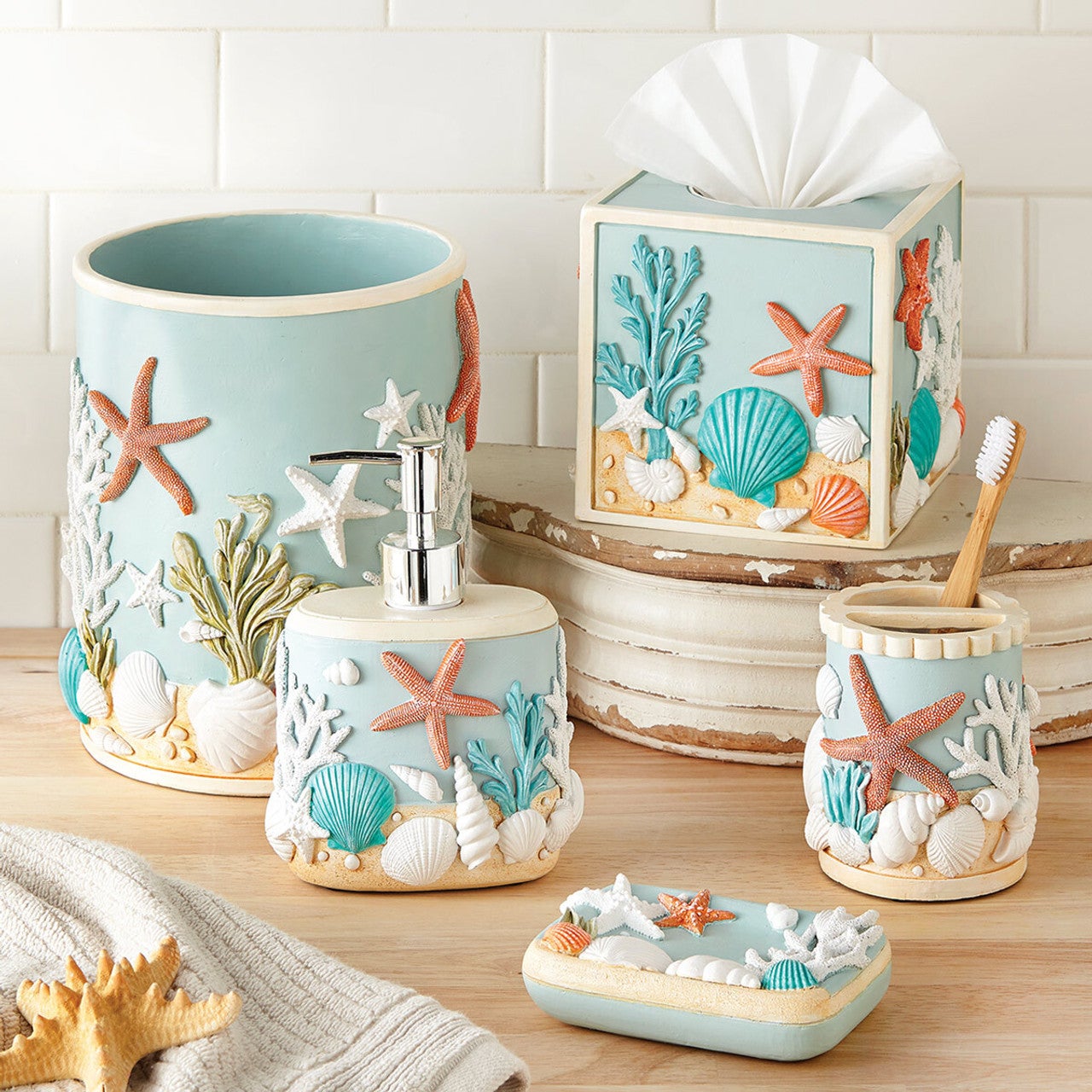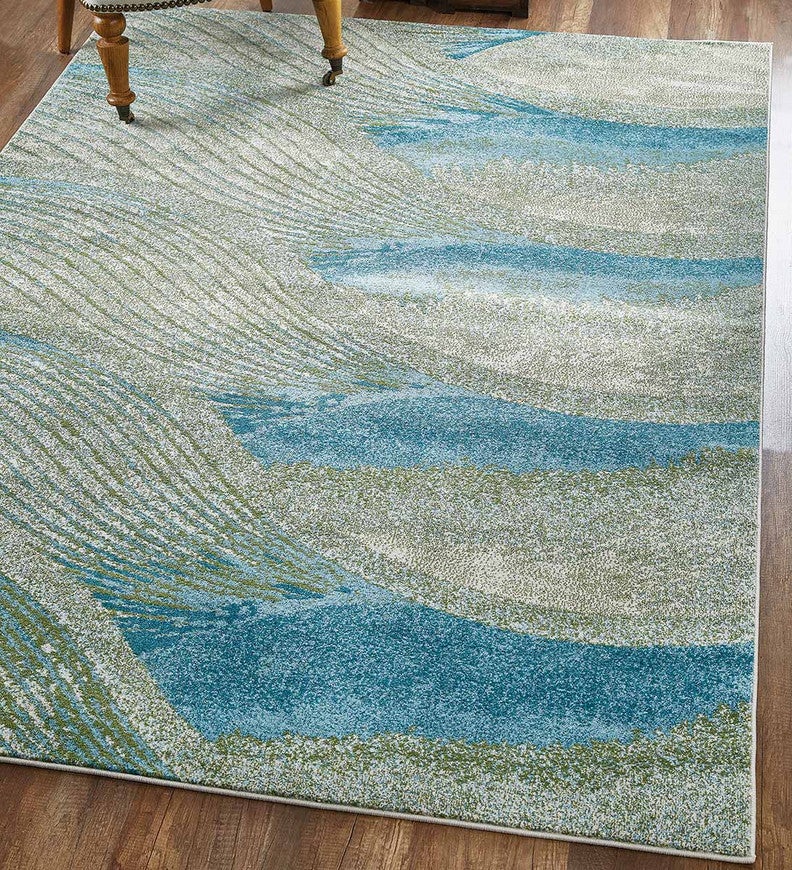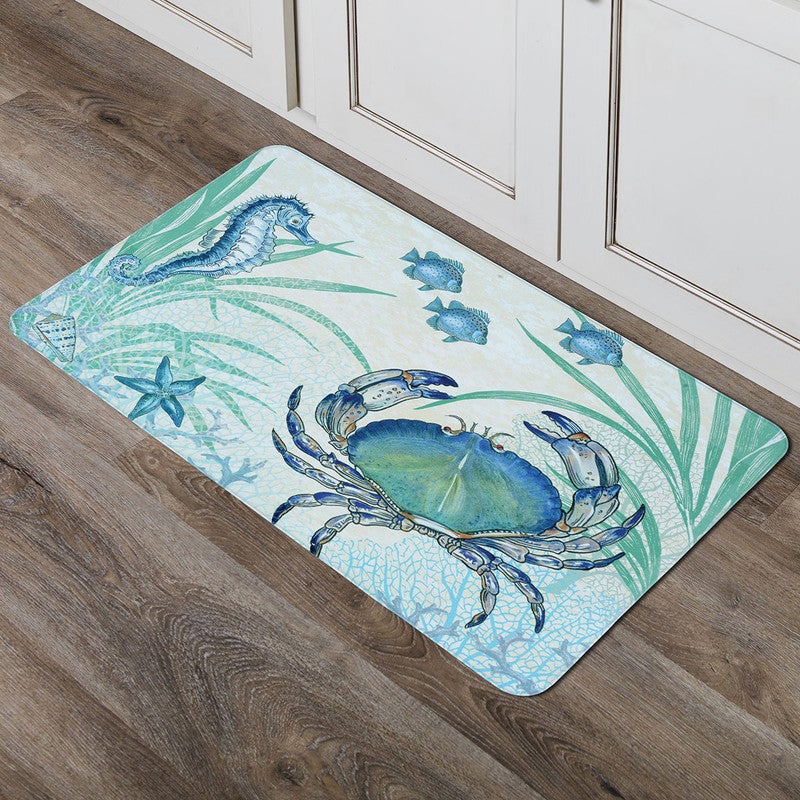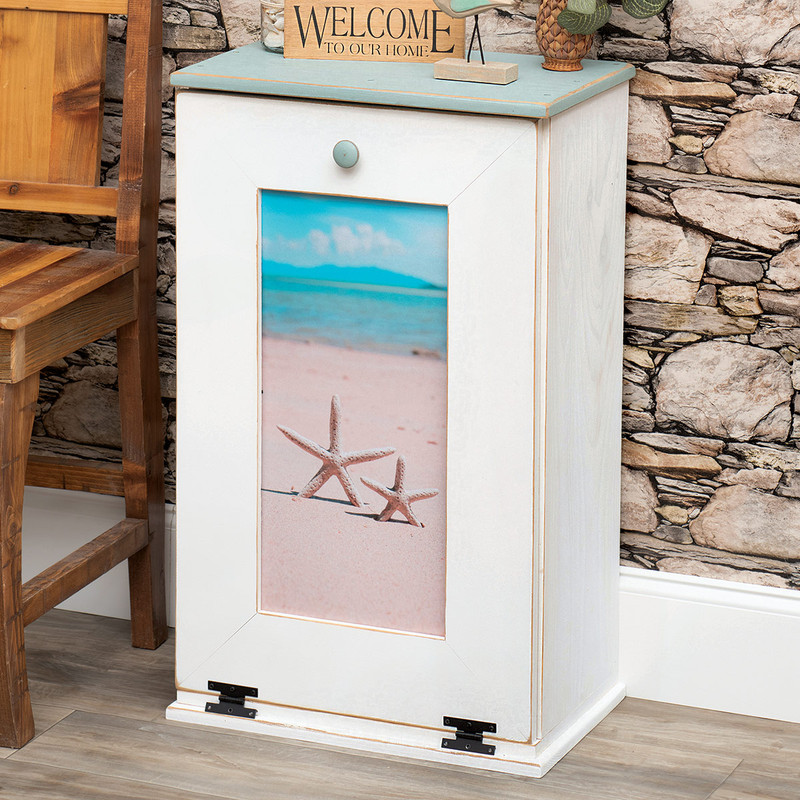Where Do Seashells Come From?
Nov 1st 2019

We all know that Sally sells seashells by the seashore. Did you ever wonder how she got her hands on those seashells? Chances are, she picked them up along the beach but who, or what, left those seashells behind for her to collect and sell? The answer isn't all that straightforward since seashells might originate from any number of sources. The ones you may come across on a shoreline by the ocean, typically come from a variety of marine organisms but not every seashell is a component of a living creature.
Understanding Seashells
When you walk along the shoreline and see full shells or fragments of shells, there is one thing most of them have in common; each was once a functioning exoskeleton of an organism called a mollusk. There are six different classes of mollusks and they all produce a shell of some kind that acts as a protective barrier to shield that particular type of mollusk from various dangers and threats inherent to the environment in which it lives.
How a Seashell is Created
To better understand the process by which a mollusk creates its shell, it's important to understand how a mollusk functions. Each one begins life as a small, fragile organism. They have no backbone and no real defense against the outside world. As the mollusk matures, however, it begins to build an outer shell for itself to preserve its soft, small form.
Mollusks reside in the ocean where they absorb the natural salts and other chemical and biological elements within the water. As these materials break down in the mollusk's internal system, it expels a substance called calcium carbonate. These secretions form and harden around the mollusk and the shell begins to take shape. The older the mollusk gets, the more calcium carbonate it secretes and the shell gets bigger and more defined.
Just because the shell is being formed from a substance that is coming from the mollusk, though, doesn't mean that the shell itself is a part of the mollusk itself. In fact, it is not a component of the mollusk, but instead a by-product of the minerals found in its secretions. That's why you won't find any genetic or biological components of the mollusk in its shell.
When the shell is fully formed it's primarily composed of a composite material called nacre, which is also known as mother of pearl. This material is made up of calcium and is covered by another substance called scleroprotein.
Finding the Shells
So when you're walking along water and find a particularly ornate and beautiful shell buried in the sand, where did it come from? The answer is sad?hat shell once housed a living mollusk, which has since passed away. When the organism dies, the shell remains and becomes washed through the current until it ends up on the shore and at your feet. The journey that shell has made to get to the beach might have spanned thousands of miles and taken years of ebb and flow in the tides to reach the sand. Now you can take it home and celebrate its beauty and give a thought to the little creature who used to live within for a brief period of time.

















